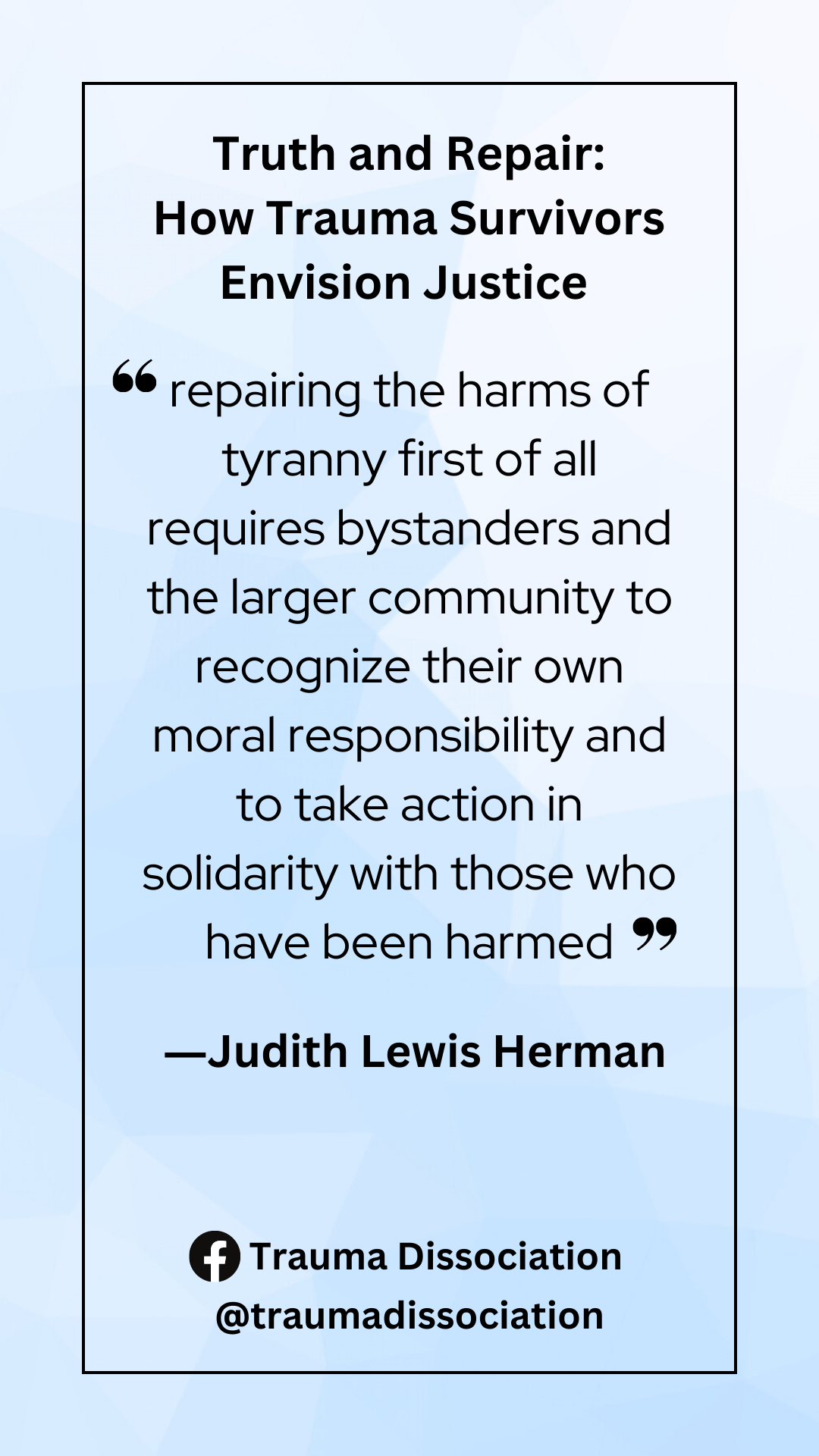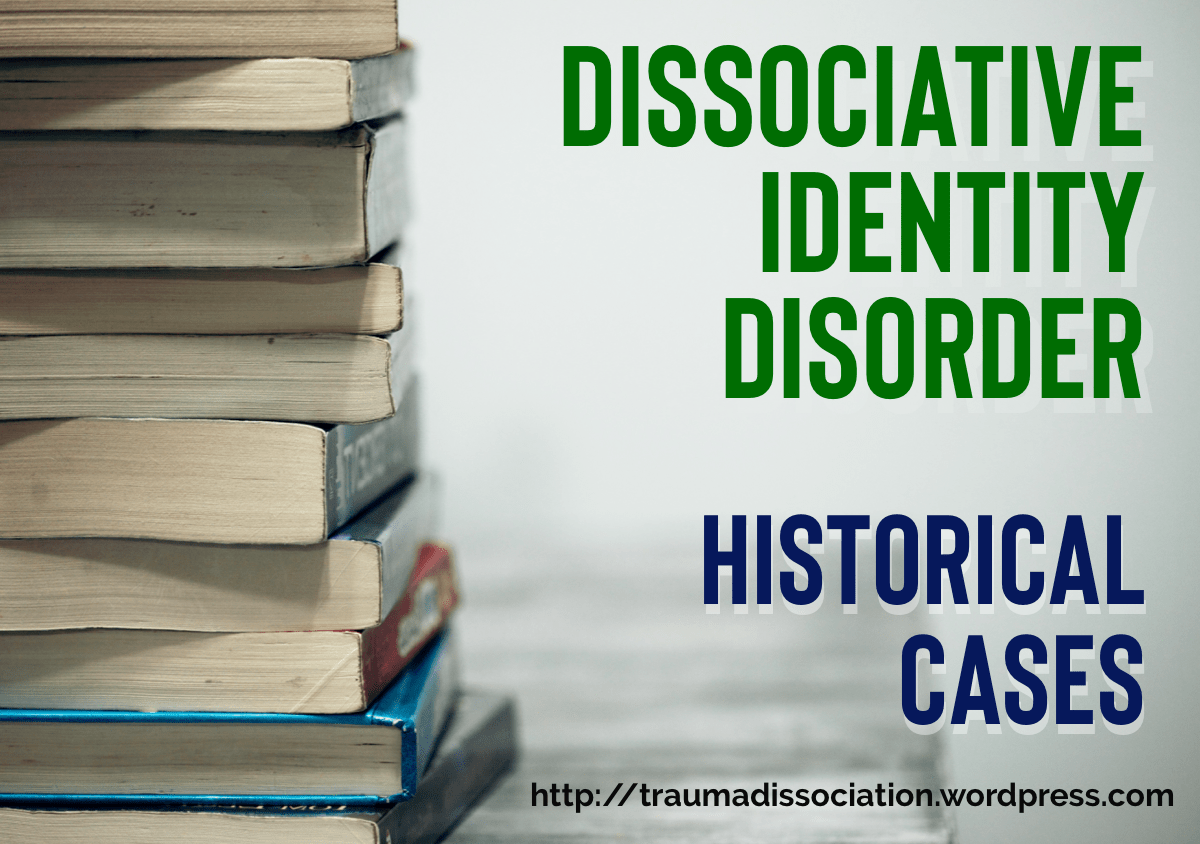Can someone have both Schizophrenia & Dissociative Identity Disorder?
Yes, this is possible, or another psychotic or schizophrenia spectrum condition can exist with DID. It isn’t a particularly common combination (compared to, for example, Borderline Personality Disorder or an Anxiety Disorder existing alongside DID).
What are the key differences between Dissociative Identity Disorder and Schizophrenia?
Some people with DID find their symptoms are never confused with the psychotic symptoms found in Schizophrenia – but others may be misdiagnosed with Schizophrenia, or diagnosed only with Schizophrenia when DID is also present. Experiences like ‘hearing voices’, ‘seeing things which aren’t there’ (pseudo-hallincinations caused by flashbacks) can cause a lot of confusion.
The DSM-5 (full version, p297) gives some limited guidance on differences:
- Individuals with dissociative identity disorder experience these [psychotic-like] symptoms as caused by alternate identities, do not have delusional explanations for the phenomena, and often describe the symptoms in a personified way (e.g., “I feel like someone else wants to cry with my eyes”).
- Persecutory and derogatory internal voices in dissociative identity disorder associated with depressive symptoms may be misdiagnosed as major depression with psychotic features.
- Chaotic identity change and acute intrusions that disrupt thought processes may be distinguished from brief psychotic disorder by the predominance of dissociative symptoms and amnesia for the episode, and diagnostic evaluation after cessation of the crisis can help confirm the diagnosis.
Dissociative Identity Disorder is also a dissociative disorder, meaning that symptoms are primarily dissociative in nature – even when it was known by the name Multiple Personality Disorder, DID was classified as a Dissociative Disorder; Schizophrenia is classified as a psychotic disorder, meaning in involves one or more of: delusions, hallucinations, disorganized thinking (speech), grossly disorganized or abnormal motor behavior (including catatonia), and negative symptoms (flat emotions or severe lack of will).
Survivors of organized or ritual abuse may have some highly unusual beliefs which are not caused by any kind of delusions or psychosis, but result from the highly unusual abuse they have survived – including abuse designed to discredit survivors who tell.
Elizabeth Howell explains:
Kluft reported that patients with DID endorse 8 of the first-rank Schneiderian symptoms (Schneider, 1959, as cited in Kluft, 1987a) that are considered pathognomonic of schizophrenia.
These symptoms are voices arguing, voices commenting on one’s action, influences playing on the body, thought withdrawal, thought insertion, made impulses, made feelings, and made volitional acts.
In DID, rather than as indications of schizophrenia, the hallucinated voices and the made actions are understood as due to the activities of a dissociative identity. The psychotic person is more likely to attach a delusional explanation, such as “The CIA has implanted a chip in my brain.” In contrast, the person with DID, although probably unaware of the source, often knows that these experiences are not normal and does not seek to explain them in a delusional way (Dell, 2009c). In addition, the person with DID—as opposed to someone who is psychotic—often has the ability to be in two states of mind at once: While the person experiences the self as having the “crazy” thought, the person is able to hold the tension and know that it is just that, a crazy thought.
Of course, this knowledge that one is having thoughts that others would consider crazy only tends to contribute to the highly dissociative person’s fear or belief that he or she is crazy!
DID IS CONFUSING TO EVERYONE
The phenomena of full and partial dissociation are highly confusing to the person with DID as well as to those who notice them. Unlike someone who suffers primarily from depression or anxiety and who can label the problem, the person with DID generally suffers from amnesia about the very symptoms experienced and often cannot specfically identify the problem…
– Understanding and Treating Dissociative Identity Disorder, Elizabeth Howell (2011)
CIA, Dissociative Identity Disorder and Ritual Abuse Survivors
While high profile organizations like the C.I.A. are often referred to by people who are experiencing psychotic symptoms (e.g., delusions of persecution), many people are unaware that the CIA has historically been involved in child abuse, including child abuse with the purpose of creating dissociative identity disorder. The involvement of the CIA in these human rights abuses is not a ‘conspiracy theory’ but is well documented, with hearings in the U.S. Senate held in the 1970s to investigate this, and other related abuse.
Karl Douglas Lehman and Ellen Lacter have produced guidelines to help clinicans differentiate between Schizophrenia and Dissociative Identity Disorder which may be helpful, see Ritual Abuse in the Twenty-First Century (2008) – chapter 4.
Alison Miller, a psychotherapist specializing in therapy for ritual abuse survivors, comments that that one lie about abuser’s power and knowledge (that children are told) is that “There is a microchip implanted in the survivor’s body that tells the abusers where s/he is and / or what s/he is thinking” Healing the Umimaginable, p122
Miller also points out that even if such as object was found, “that does not mean it is capable of collecting complex information and sending it back to abusers, or even sending them signals, for twenty or more years, as some survivors belief.” (p205)
Diagnostic and Screening Tools
A variety of different diagnostic and screening tools are available to help determine if a person has Schizophrenia or Dissociative Identity Disorder. Diagnostic interviews can give a definite diagnosis, and determine whether both or neither are present, for example the Structured Clinical Interview for Dissociative Disorders, or the Dissociative Disorder Interview Schedule, but these can only be carried out by clinicians (both involve a degree of observation).
Two screening tools which can be used to determine if a dissociative disorder is likely to be present are the SDQ-20 and the Dissociative Experiences Scale – both of which are mentioned in the Dissociative Identity Disorder Treatment guidelines for adults. Both of these questionnaires give a typical score for Dissociative Identity Disorder, Schizophrenia, Dissociative Disorder Not Otherwise Specified and other conditions – but they are actually intended to highlight of a clinical diagnostic interview is likely to be helpful rather than giving a specific diagnosis. Both questionnaires result in a single score, making it impossible to rule out or confirm a diagnosis of Schizophrenia in people likely to have Dissociative Identity Disorder.









You must be logged in to post a comment.